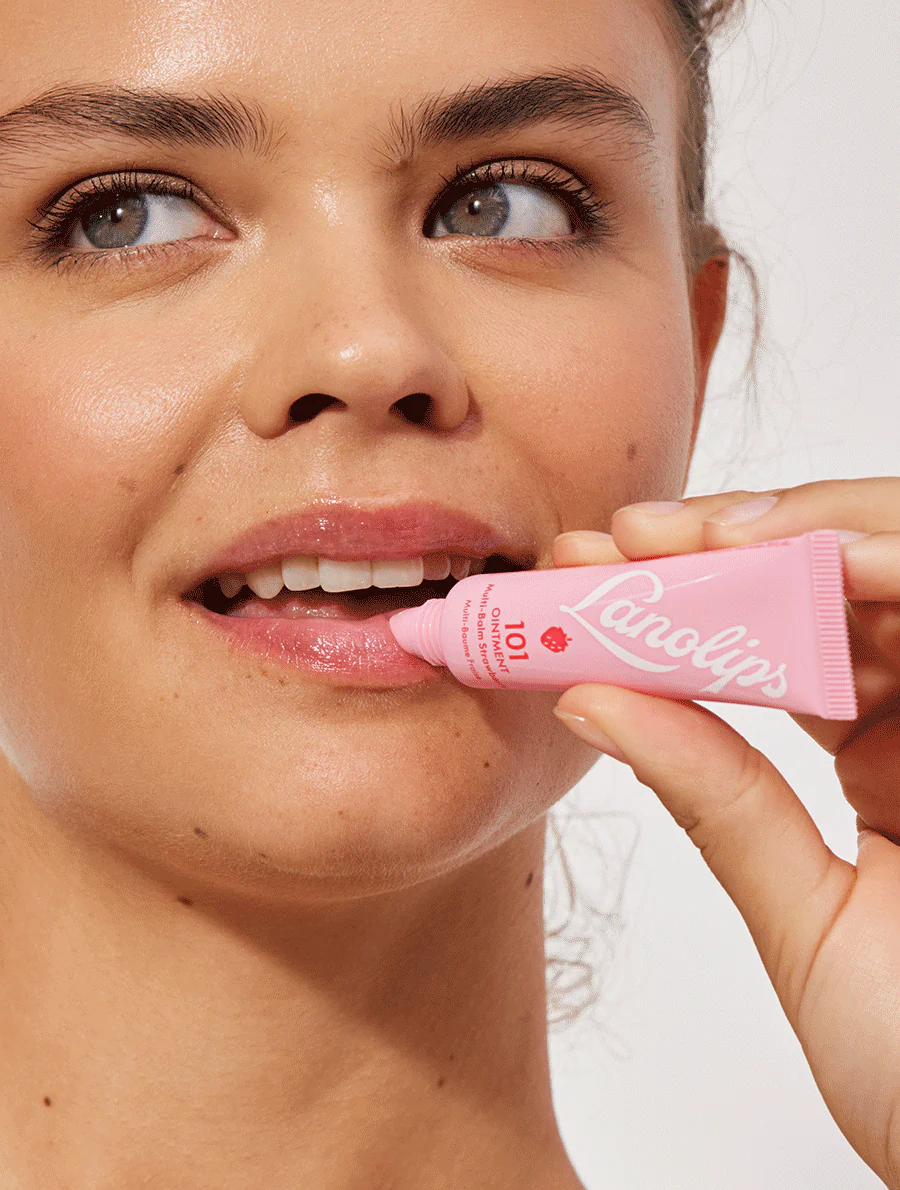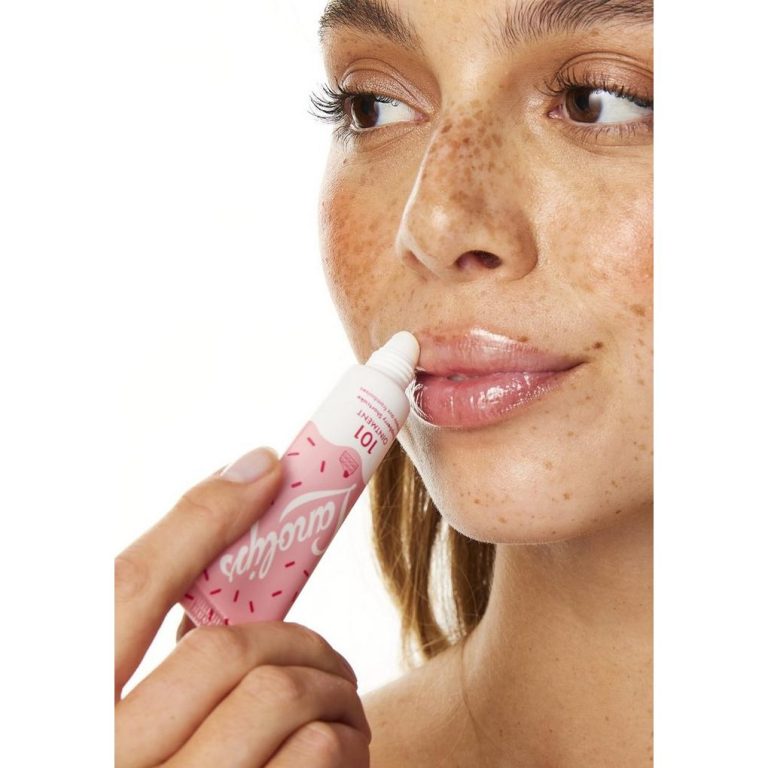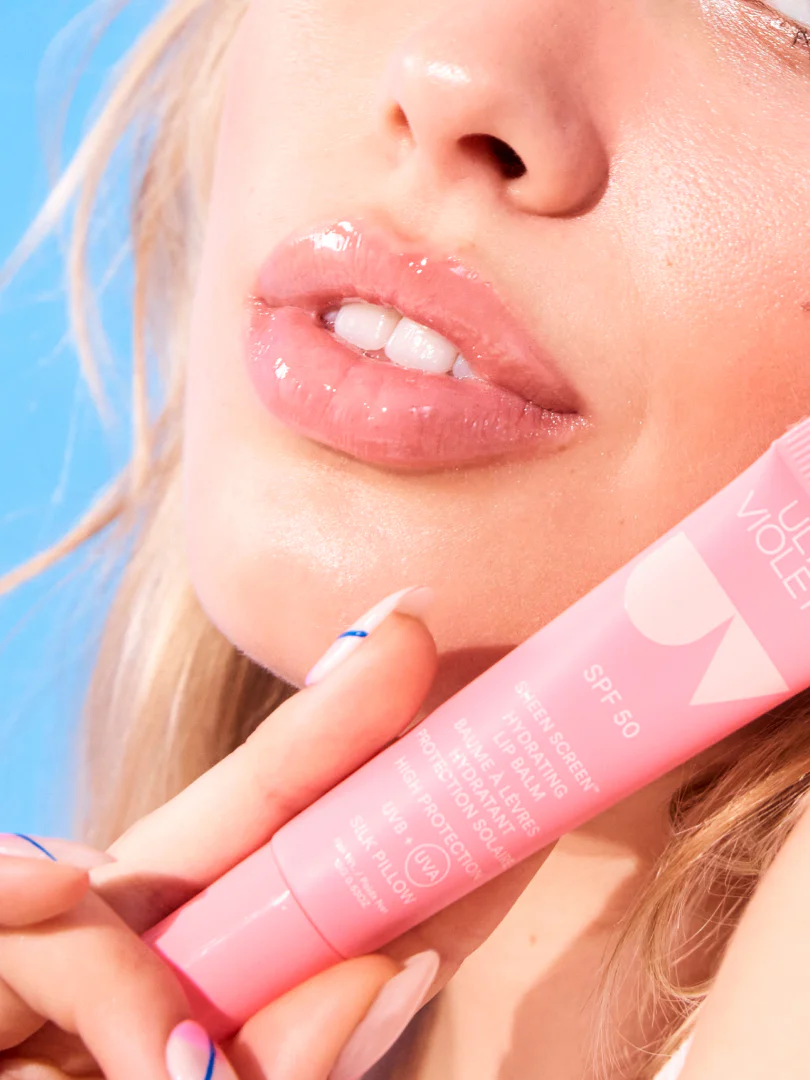
Ultimate Lip Care: Lip Balm with SPF
The Importance of Protecting Your Lips from the Sun
Lips need sun protection just like the rest of your skin. The delicate skin on lips lacks melanin. This makes them more susceptible to sun damage. Prolonged sun exposure can lead to dryness and cracking. It may also increase the risk of skin cancer on the lips. Lip balm with SPF offers a simple solution to this problem. It combines moisturizing benefits with crucial sun protection.
Understanding SPF in Lip Balms
SPF stands for Sun Protection Factor. It measures a product’s ability to block UVB rays. Higher SPF numbers indicate greater protection. Most lip balms with SPF range from 15 to 50. SPF 15 blocks about 93% of UVB rays. SPF 30 blocks about 97% of UVB rays. The difference becomes smaller as SPF increases. Experts recommend using lip balm with at least SPF 30 for adequate protection. Reapplication every two hours ensures continuous coverage.
Key Ingredients in SPF Lip Balms
Effective SPF lip balms contain specific active ingredients. Zinc oxide and titanium dioxide provide physical sun protection. They form a barrier on the skin to reflect UV rays. Chemical sunscreens like avobenzone absorb UV rays. Many formulas combine both types for comprehensive protection. Moisturizing ingredients like beeswax and shea butter prevent dryness. Vitamin E and other antioxidants combat free radical damage. Some products include flavoring agents for a pleasant taste.
Benefits of Using Lip Balm with SPF
Lip balm with SPF offers multiple advantages. It prevents sunburn on the sensitive lip area. Regular use reduces the risk of premature aging. It helps maintain lip moisture in harsh weather conditions. SPF lip balms can prevent the formation of cold sores triggered by sun exposure. They provide a smooth base for lipstick application. Some formulas offer tinting effects for a natural lip color. Using SPF lip balm becomes an essential part of daily skin care routines.
Choosing the Right SPF Lip Balm for Your Needs
Several factors influence the choice of SPF lip balm. Consider your daily sun exposure levels. Outdoor enthusiasts may need higher SPF formulas. Look for broad-spectrum protection against both UVA and UVB rays. Water-resistant formulas suit active lifestyles or beach days. Check for potential allergens in the ingredient list. Opt for fragrance-free versions if you have sensitive skin. Tinted varieties can replace lipstick for a natural look. Stick formulas offer easy application, while pots allow for finger application.
Application Tips for Maximum Protection
Proper application ensures optimal benefits from SPF lip balm. Apply a generous layer to fully cover the lips. Extend application slightly beyond the lip line. Reapply every two hours or after eating and drinking. Use before sun exposure to allow absorption. Apply under lipstick for added protection. Don’t forget the corners of the mouth and the center of the lower lip. These areas often receive the most sun exposure. Nighttime application helps repair daily damage.
Common Myths About SPF Lip Balms
Misconceptions about SPF lip balms persist. Some believe SPF in lip products is unnecessary. Others think one application lasts all day. These myths can lead to inadequate protection. SPF lip balms do not cause lip cancer, contrary to some rumors. They don’t interfere with vitamin D production. Expensive brands don’t necessarily offer better protection than affordable options. Natural or organic labels don’t guarantee effective sun protection. Understanding these facts helps users make informed choices.
The Science Behind Sun Damage to Lips
UV radiation affects lips in several ways. It breaks down collagen, leading to fine lines and wrinkles. Prolonged exposure can cause discoloration or dark spots. UV rays may trigger cold sores in susceptible individuals. In severe cases, it can lead to precancerous changes. The lower lip receives more direct sunlight than the upper lip. This makes it more prone to sun damage and skin cancer. Regular use of SPF lip balm helps mitigate these risks.
Seasonal Considerations for Lip Protection
Lip protection needs vary with seasons. Summer demands higher SPF and more frequent application. Winter brings dry air and reflective snow, increasing UV exposure. Spring and fall require consistent protection during outdoor activities. Altitude increases UV intensity, necessitating stronger protection. Cloudy days still allow up to 80% of UV rays through. This makes year-round lip protection crucial. Adapting SPF lip balm use to seasonal changes ensures continuous care.
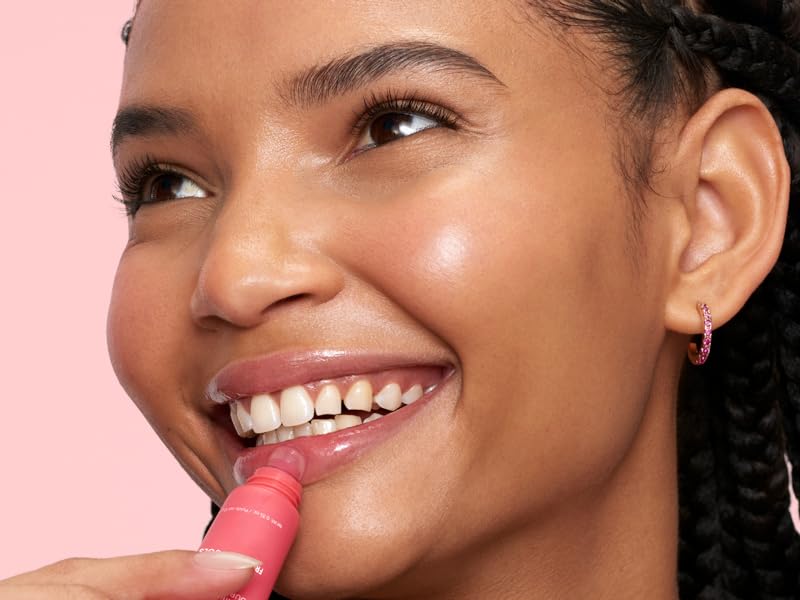
Combining SPF Lip Balm with Other Sun Protection Measures
SPF lip balm works best as part of a comprehensive sun protection strategy. Pair it with broad-spectrum sunscreen for the face and body. Wear wide-brimmed hats to shade the face and lips. Seek shade during peak sun hours (10 am to 4 pm). Use UV-blocking sunglasses to protect the eyes and surrounding skin. Consider sun-protective clothing for extended outdoor exposure. These combined measures provide thorough protection against harmful UV rays.
The Role of Diet in Lip Health and Sun Protection
Diet plays a surprising role in lip health and sun protection. Foods rich in antioxidants support skin health from within. Vitamin C aids in collagen production, maintaining lip plumpness. Omega-3 fatty acids help retain moisture in lip tissue. Beta-carotene may offer some natural sun protection. Staying hydrated helps prevent lip dryness and cracking. A balanced diet complements the external protection of SPF lip balm. It supports overall lip health and resilience against sun damage.
Addressing Special Lip Care Needs
Some individuals require extra attention to lip care. Those with a history of cold sores need consistent SPF protection. People with allergies should carefully check lip balm ingredients. Individuals taking photosensitizing medications need higher SPF protection. Outdoor workers benefit from heavy-duty, long-lasting formulas. Children’s lips need gentle, high SPF products. Post-procedure lips require specially formulated protective balms. Recognizing these special needs ensures appropriate lip care for everyone.
The Environmental Impact of SPF Lip Balms
The growing popularity of SPF lip balms raises environmental concerns. Some sunscreen ingredients can harm marine ecosystems. Plastic packaging contributes to environmental waste. Consumers increasingly seek eco-friendly alternatives. Mineral-based sunscreens offer reef-safe options. Biodegradable packaging reduces environmental impact. Some brands offer refillable containers to minimize waste. Supporting these initiatives helps protect both personal health and the environment.
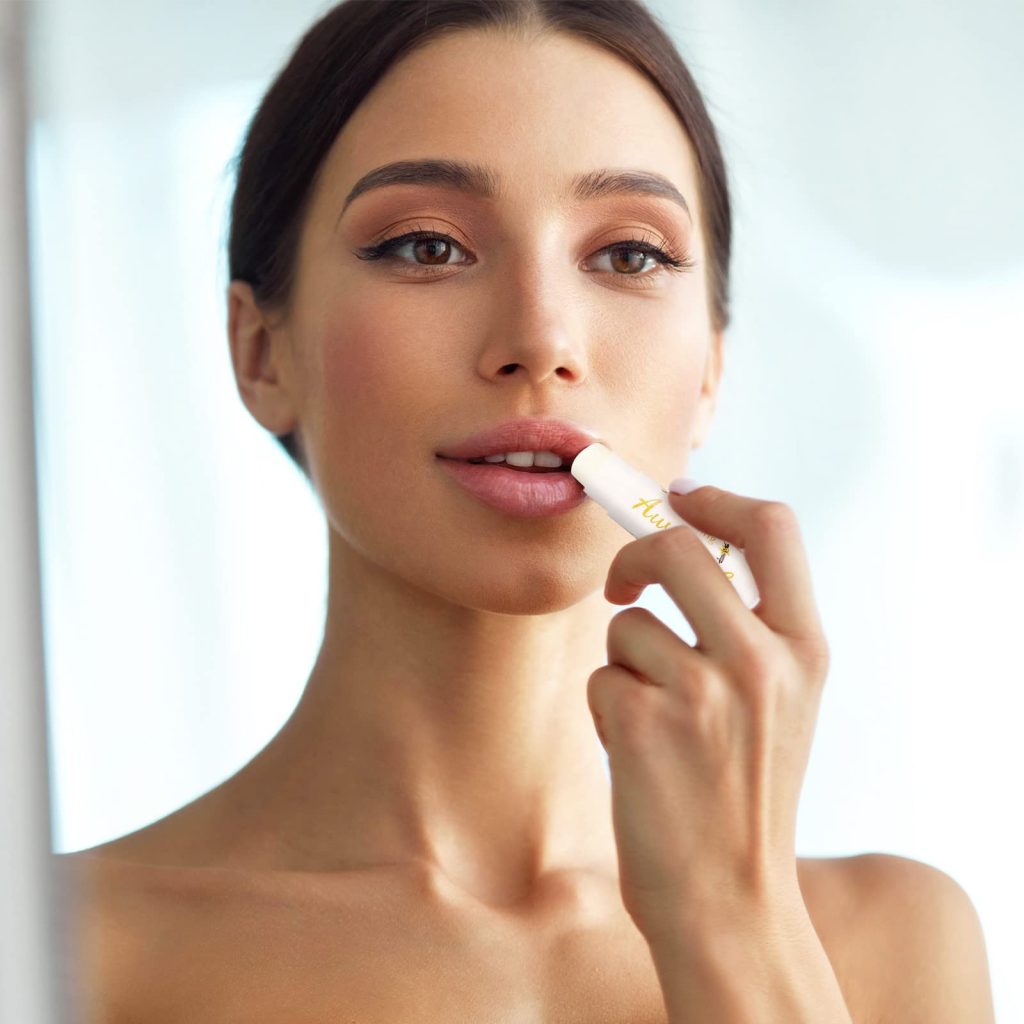
Innovations in SPF Lip Balm Technology
The SPF lip balm market continues to evolve. New formulations offer improved texture and feel. Clear zinc oxide eliminates white residue on lips. Multifunctional products combine sun protection with anti-aging benefits. Smart packaging technology reminds users to reapply. Some brands develop flavor-changing formulas to signal reapplication time. Customizable SPF levels cater to individual needs. These innovations make sun protection more effective and user-friendly.
The Future of Lip Sun Protection
Research into lip sun protection continues to advance. Scientists explore new UV-filtering compounds. Nanotechnology may enhance SPF effectiveness. Gene therapy could boost the skin’s natural sun defenses. Personalized formulations based on DNA analysis may become available. Wearable tech might alert users to UV exposure levels. The integration of lip care with overall health monitoring is likely. These developments promise more effective and tailored lip sun protection in the future.
Dermatologists emphasize the importance of lip sun protection. They recommend daily use of broad-spectrum SPF lip balms. Experts advise choosing products with SPF 30 or higher. They stress the need for regular reapplication throughout the day. Dermatologists warn against using regular lipstick as sun protection. They suggest pairing SPF lip balms with other protective measures. Regular skin checks should include examination of the lips. Following these professional recommendations ensures optimal lip health and protection.
